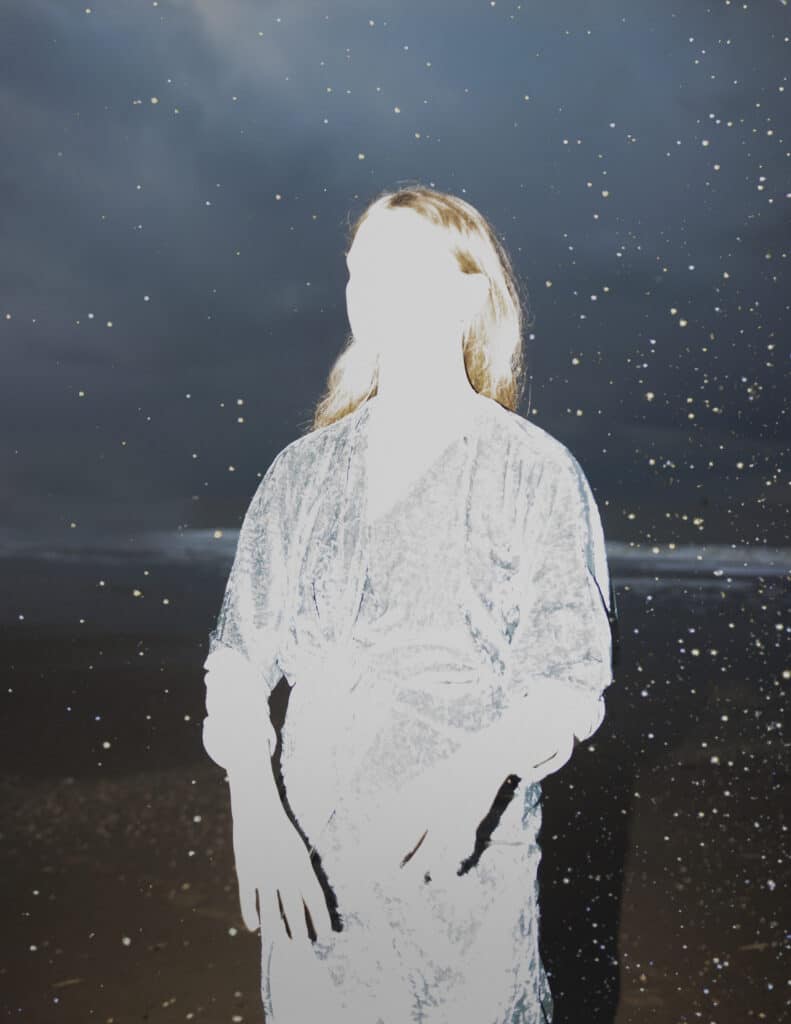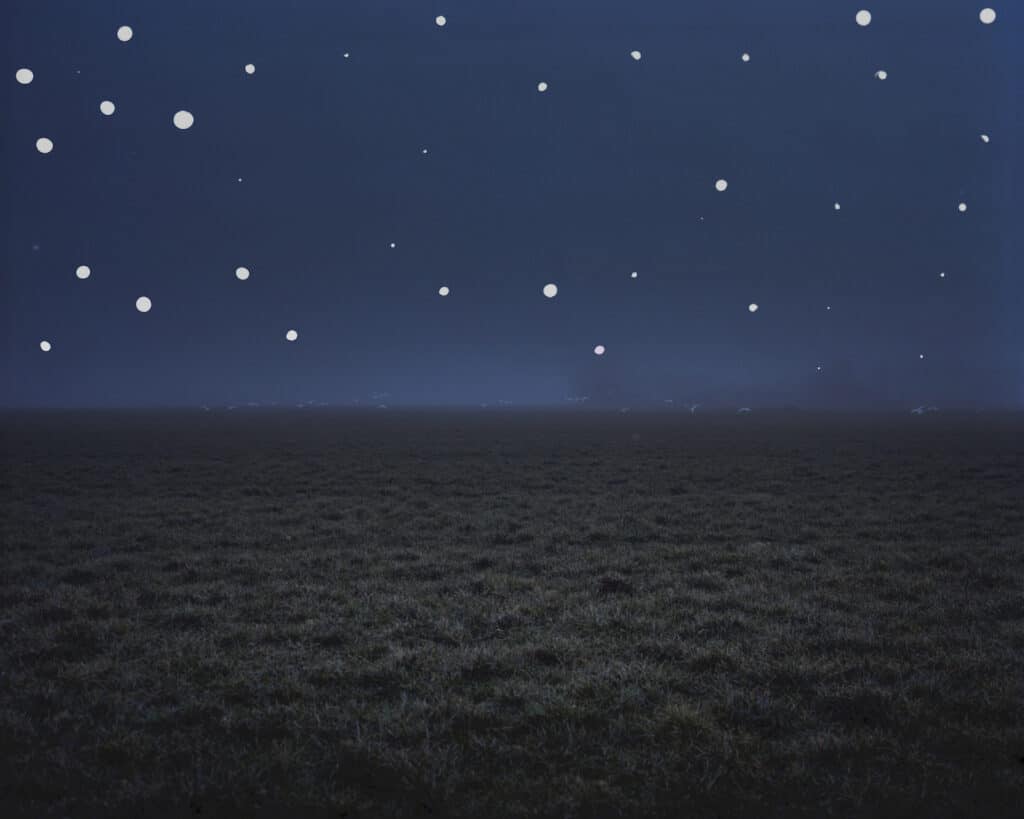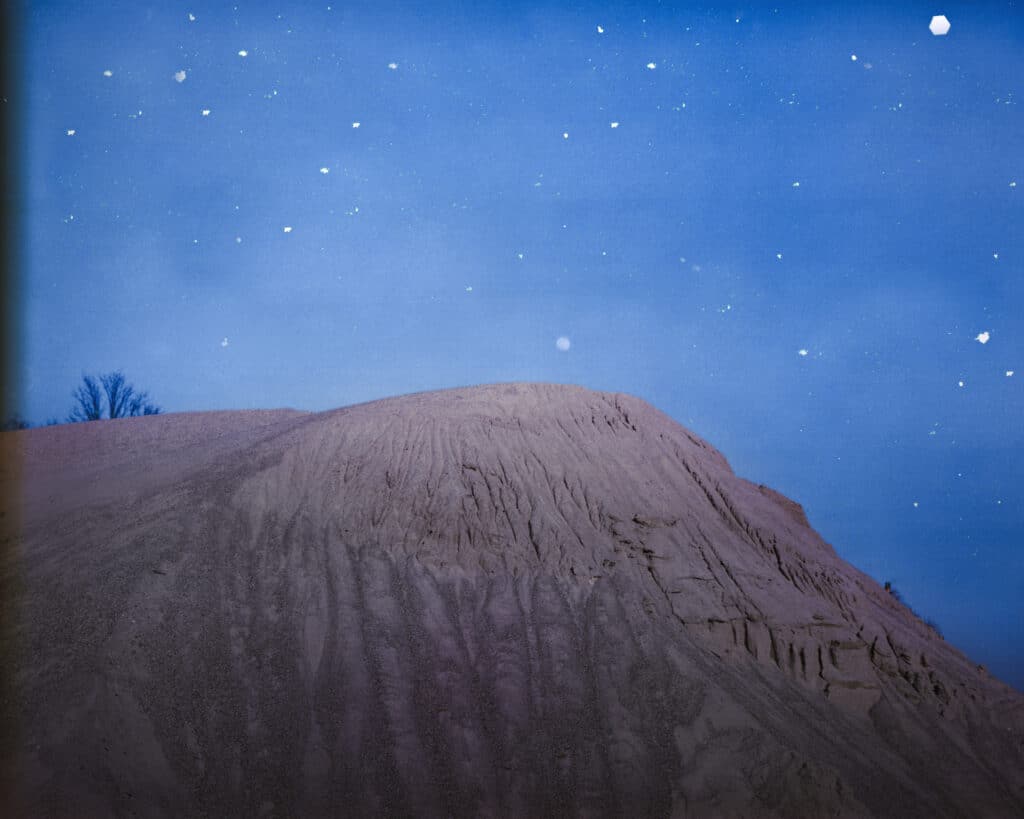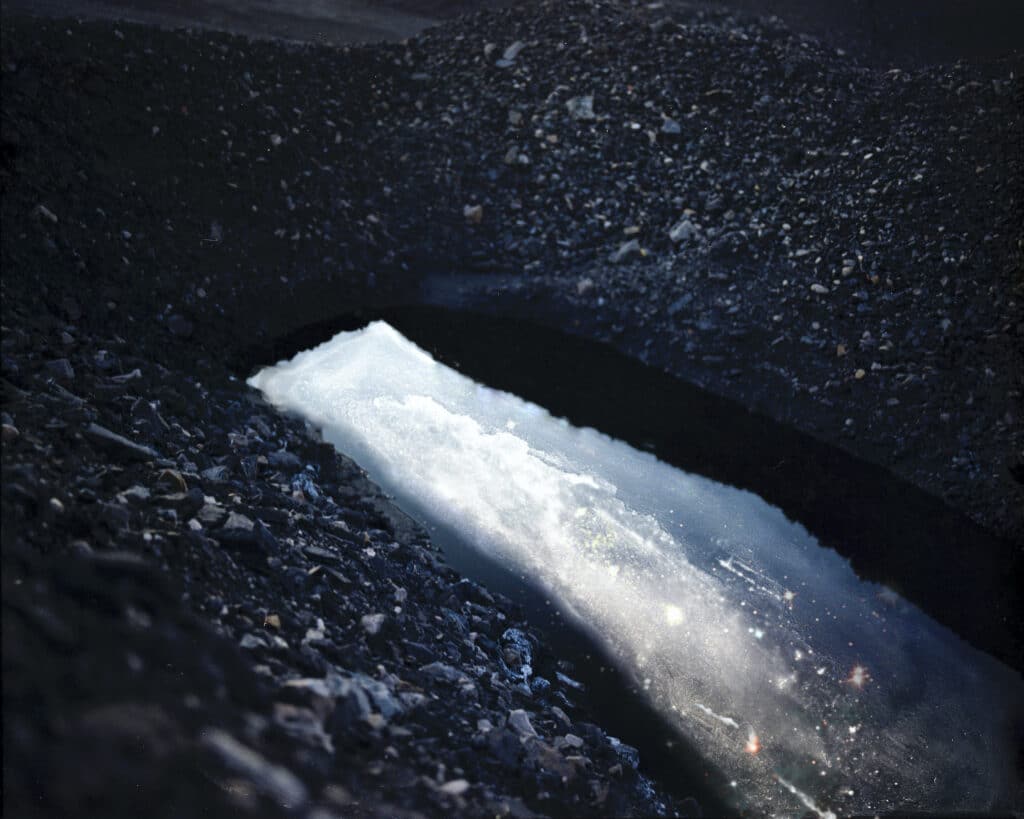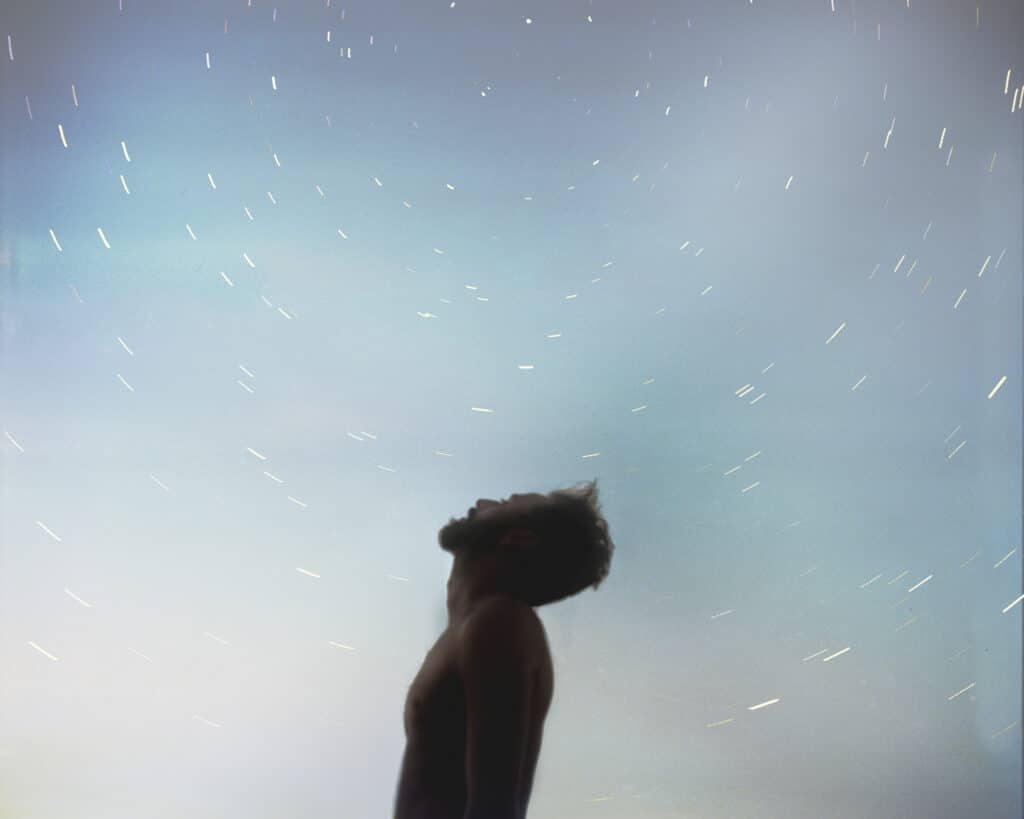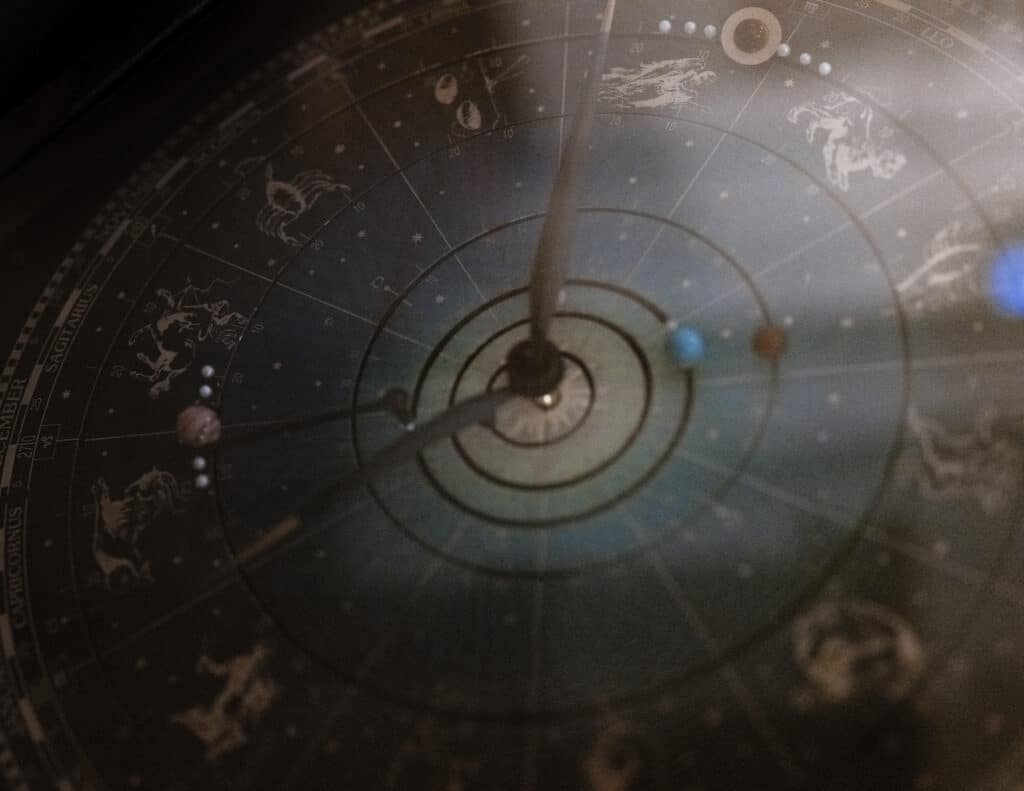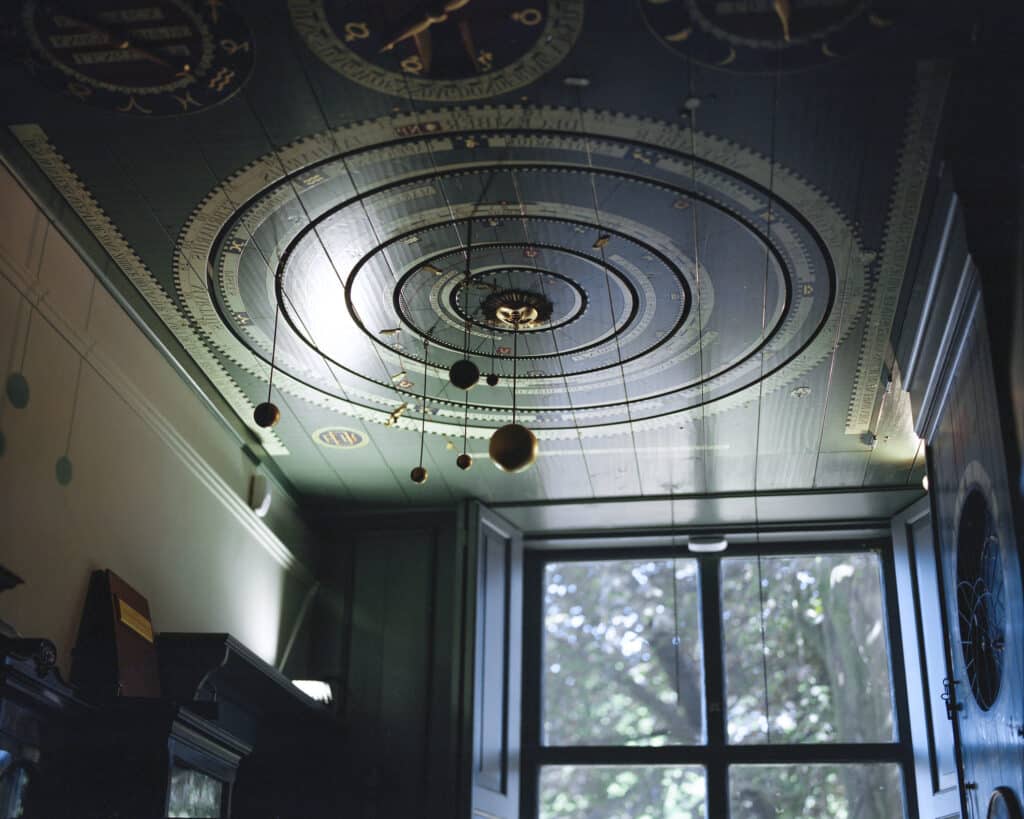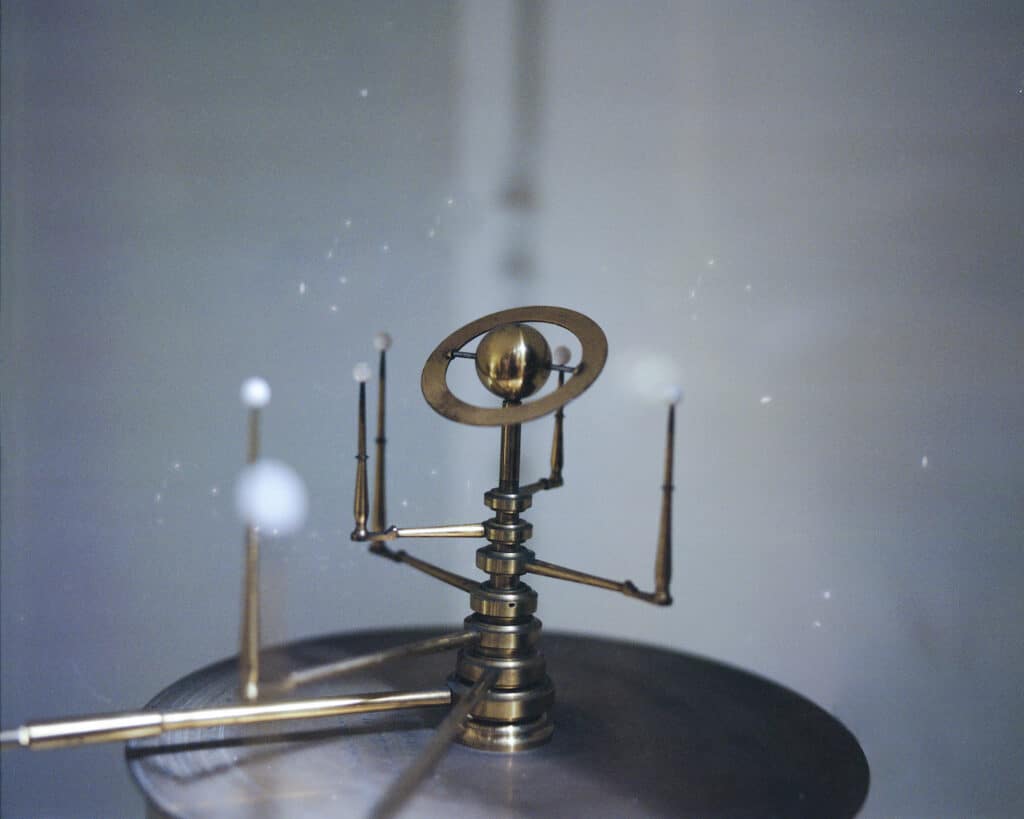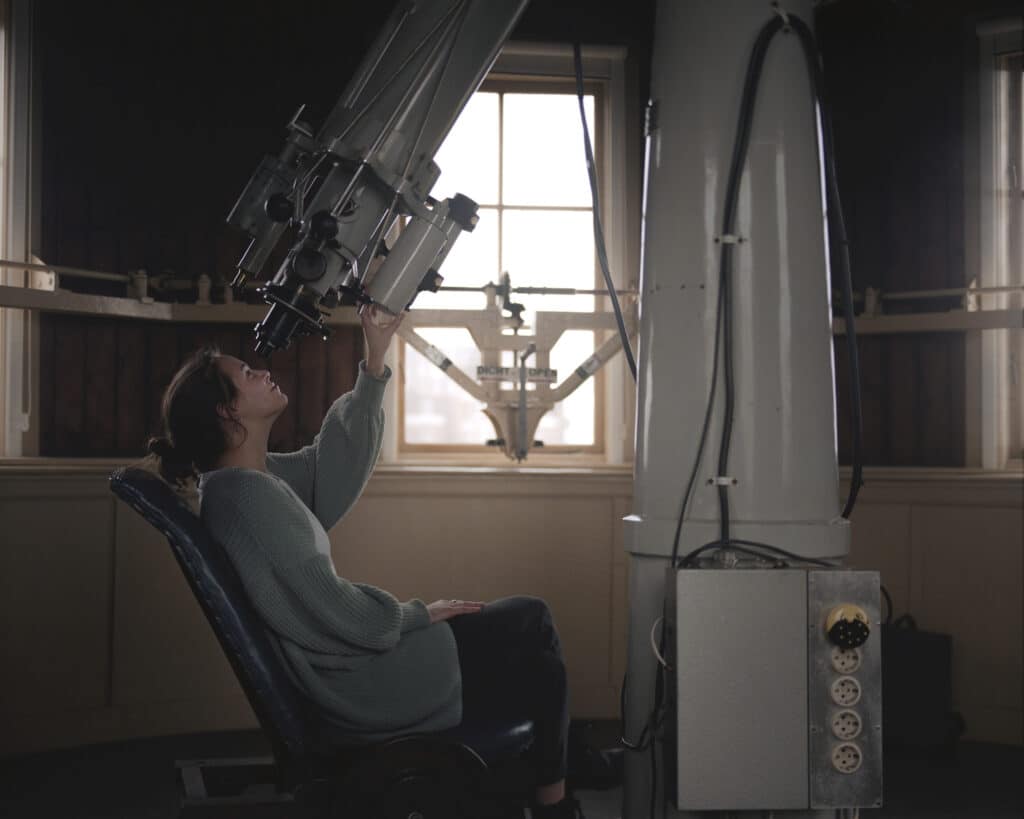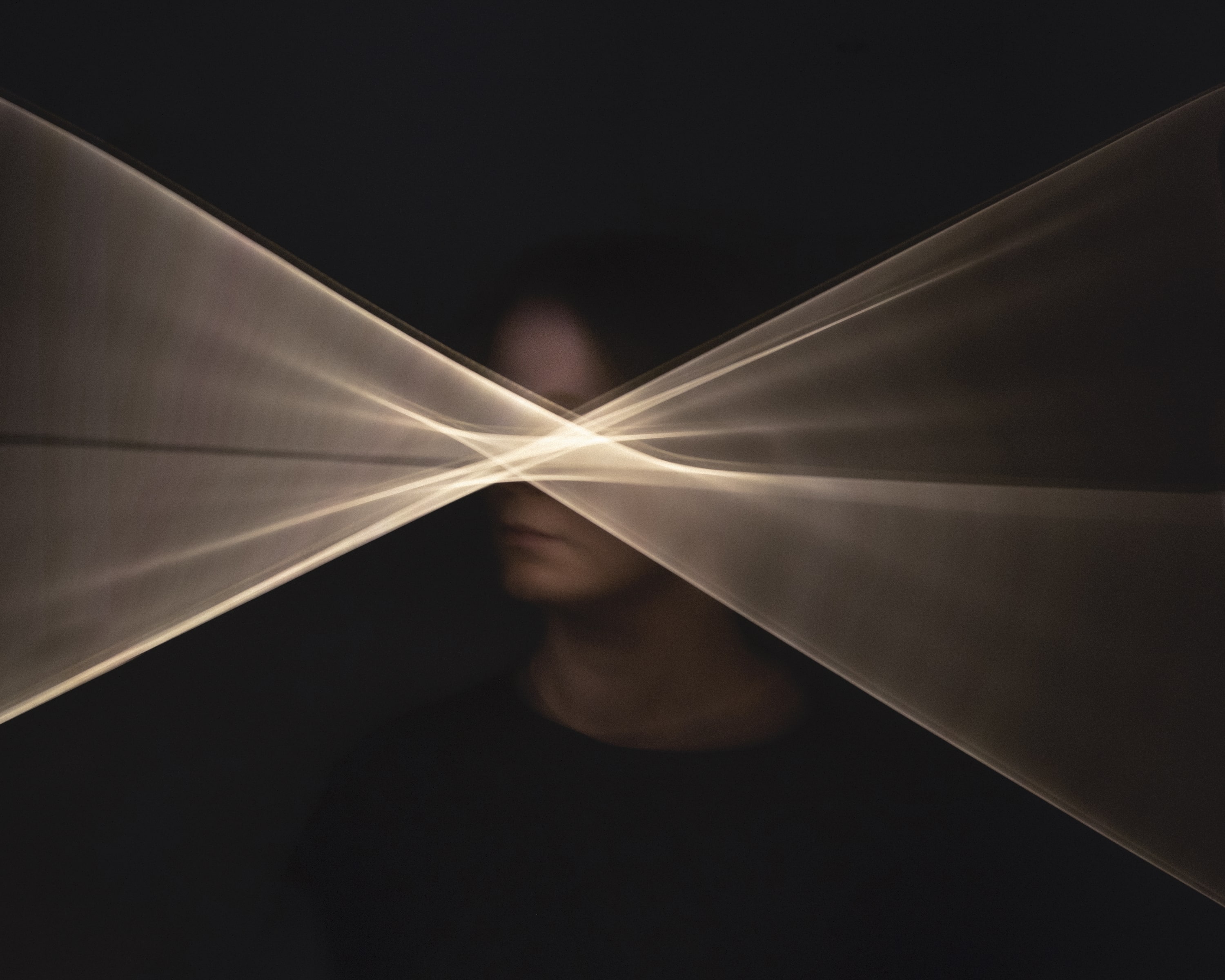In a conversation at the Byron Writers Festival in Australia, author Sarah Sentilles told journalist Margaret Throsby the following words: When people find out that I’ve left Christianity, usually the people of faith, they tend to ask me: “don’t you miss the sense of something bigger than you?” And I often say: “Have you ever gone out at night and looked at the sky?”
I grew in between two realities that couldn’t be more radically different: a heavy industrial coal mining region of Silesia in South Western Poland, and a remote village of my grandmother’s farm in the East. Every few months my parents would drive me from my hometown to the Eastern countryside and I would immediately become ill for a few days, to nobody’s surprise. “Her lungs are so used to the smoggy polluted air of Silesia that they are shocked with the clean air of the countryside,” my mother used to say.
In the village there was one shop that opened in the early mornings when the owner was in the mood for it, and another, more distant one that served as a local bar. There was a church, dominating the landscape with its overly large tower, a little school and a run down bus stop, but I don’t remember seeing any buses ever coming there.
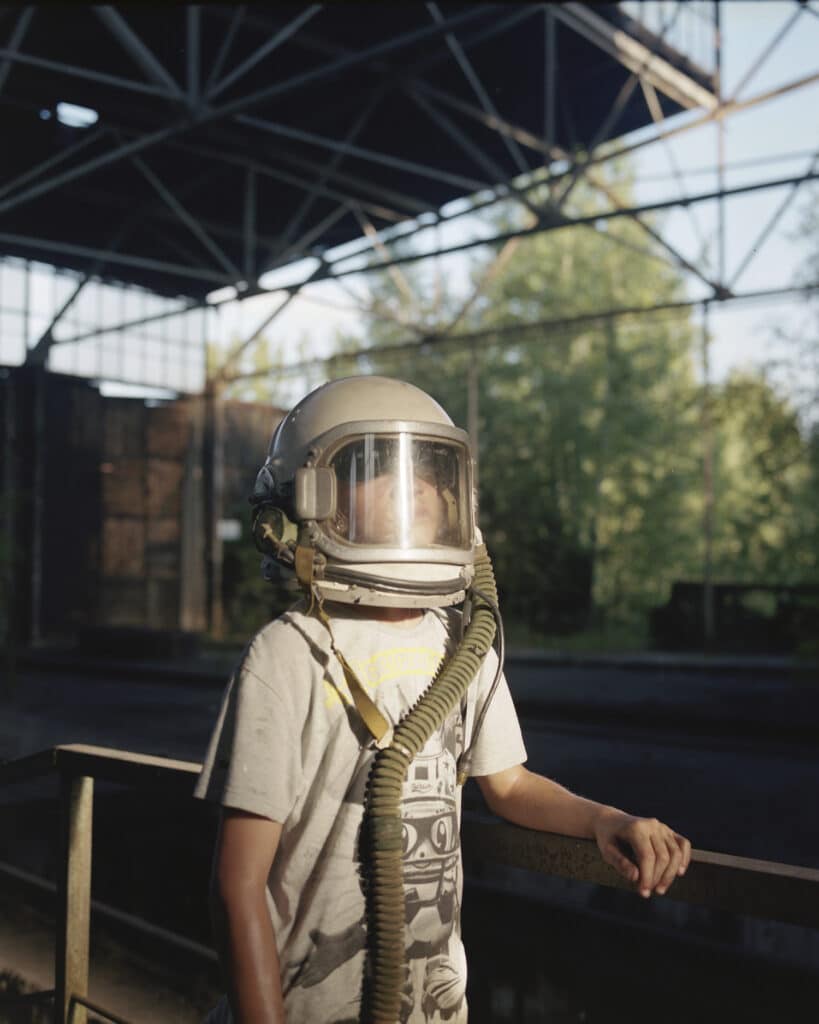
Where my grandmother lived, the skies were the clearest in Poland and most likely in Europe. Distant from any cities, with no street lamps the village was free of any light pollution, turning wonderfully dark the moment the Sun hid behind the horizon.
Sometimes me and my grandmother would go out in the late evening, just after the Sun settled and walk along the gravel road looking up, our necks bending back. The walk was short, my grandmother insisted on only going as far as to a nearby river from where she could still see the house. From there we would look at the Milky Way, countless falling stars, the planets of which names we didn’t know, satellites that we would confuse with planes and planes that we would confuse with falling stars. I remember feeling tiny and insignificant, and yet connected to something vast and limitless, contrasting with the tiny, unimportant village we inhabited.
These are the memories that come back to me vividly while I go for an evening walk in my new hometown, the Hague in the South Netherlands. I walk by the sea, and just like I did with my grandmother all these years before, I look up, but this time I see hardly anything.
Sometimes, if the sky is clear of clouds I can see a faint star, but more often I see Elon Musk’s SpaceX satellites circling above.
This is how my project entitled “The blue of the far distance” began: with the light pollution and an inability to see anything in the night sky like what I remember from my childhood.
This absence of starry nights made me want to understand how stargazing impacted the connection that me and my grandmother felt with the Universe back then. I wanted to know whether stargazing could serve as a tool for gentle emancipation for the reality that overwhelms, a place to escape to, a place to remind of connectedness, a place to remind of a common ancestry.
But assuming that photography begins with witnessing something within reality, how could I create a photograph of something that is absent, that is invisible? I visited a hand crafted, Eise Eisinga planetarium, the oldest planetarium ever made. A mystical universe that Eisinga created in his living room, a single chamber where he lived with his wife and children.
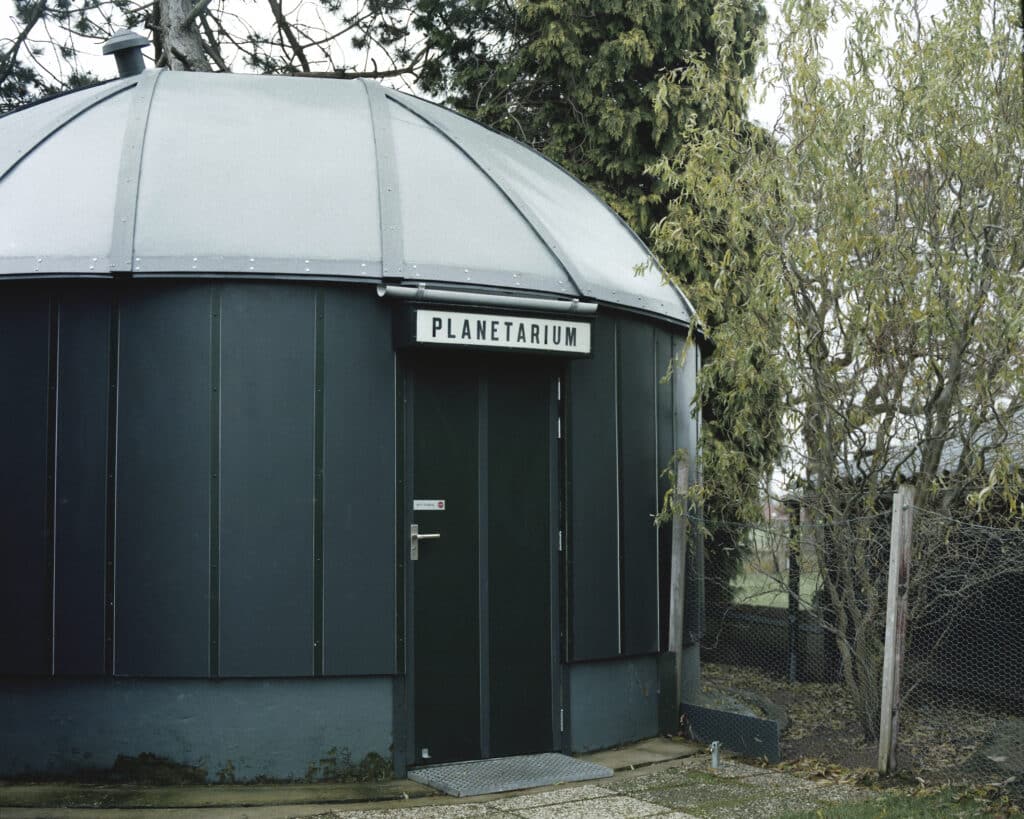
From a visit in one hand crafted planetarium I learnt about another one and another, and I eventually visited every hand crafted planetarium in the Netherlands. Some of them were built in the living rooms, some in the museums, there was one in a barn next to a chicken farm. The hand crafted planetariums, usually created by a middle age or a slightly older men, always magnificent and intricate in their complicated design struck me as a wonderful metaphor of a contained universe, a universe build on one’s own terms, a universe that is available at any time of any day, or night, a rebellion to a light polluted sky.
But yet, they were nothing like the night sky I remember from my childhood, they were all limited and toy-like, mechanical and controllable. “They are just ceilings,” said one of my mentors, when I was showing him the images I took.
I think he was right, and at the same time he couldn’t be more wrong. While visiting the planetariums another thing struck me: they were all replicas, human containers for something great, limitless and ungraspable – very much like photography itself. I came to realize that while I create my images, while I paint the white dots on my negatives of the starless nights, I too, create a universe that is contained, built on my own terms, built as a tool to get lost in, to dream in, while in the starless reality.
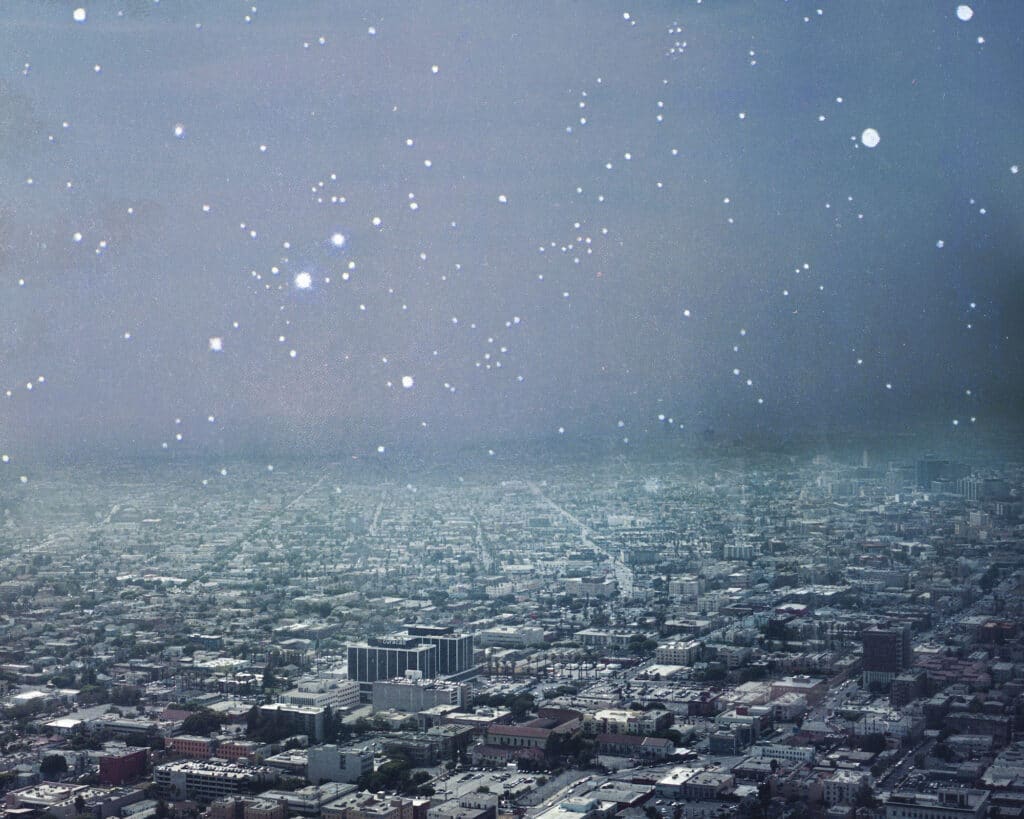
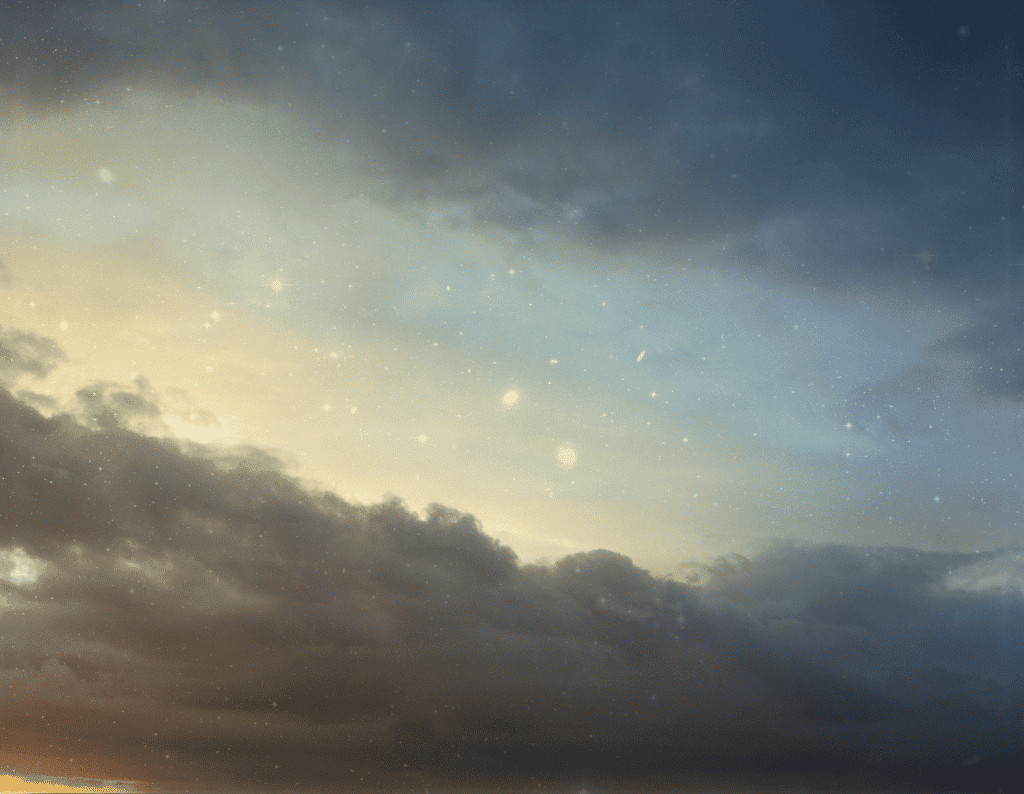
In “The blue of the far distance” I cut out the smoggy, light polluted night sky of my industrial hometown and exchange it with a fictional universe created with the use of cyanotype. I paint white dots where no stars could be seen, I paint poor replicas of Milky Way that I haven’t seen for decades now, intertwining the universes that I create with the photographs I took of the universes constructed by others, formulating a place that does not exist, but perhaps it could.
I think deep down I hope to recreate the feeling I had when I stood on a tiny, old bridge next to my grandmother, both of us looking up at something that was limitless, so distant and yet ours in that very moment. When I return to that memory I wonder, why wouldn’t she walk any further? Was it a border that she set for herself, a short leash allowing to only walk as far as she could to still see the house?
Was it the darkness that did not feel inviting and safe for a woman with a child? Or perhaps there was no need to walk any further when all it took was to look up and see the universe older and vaster than anything we would ever witness.
